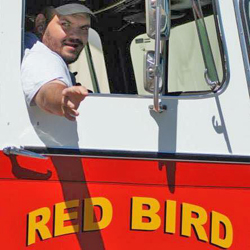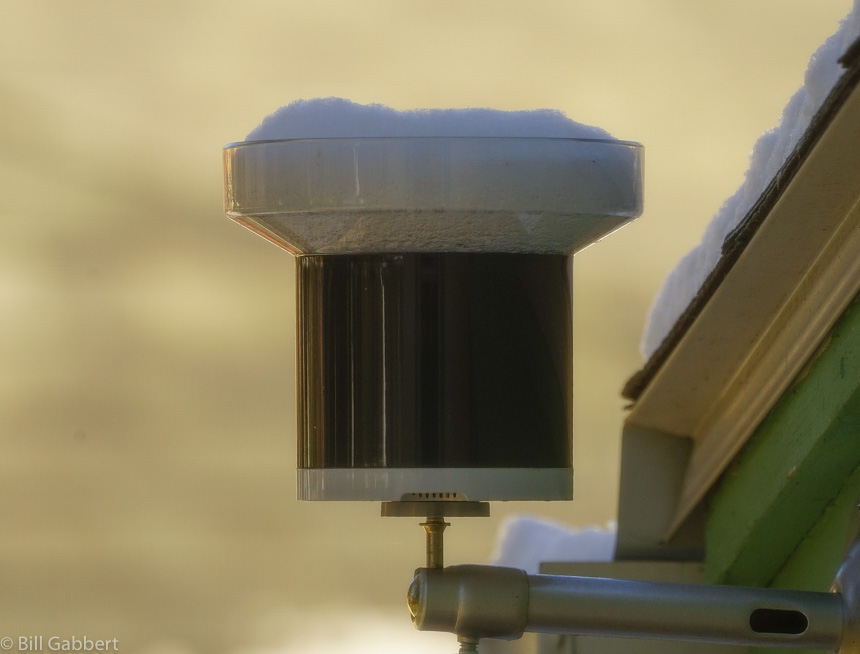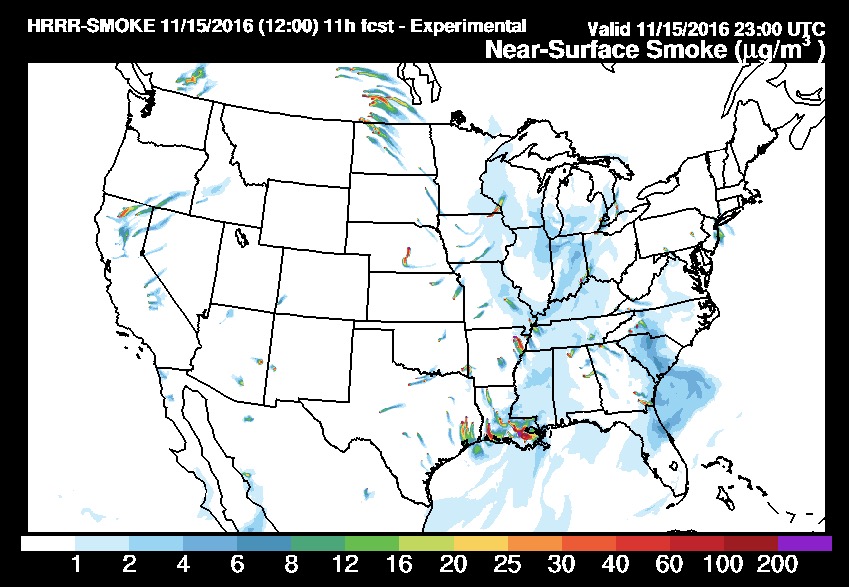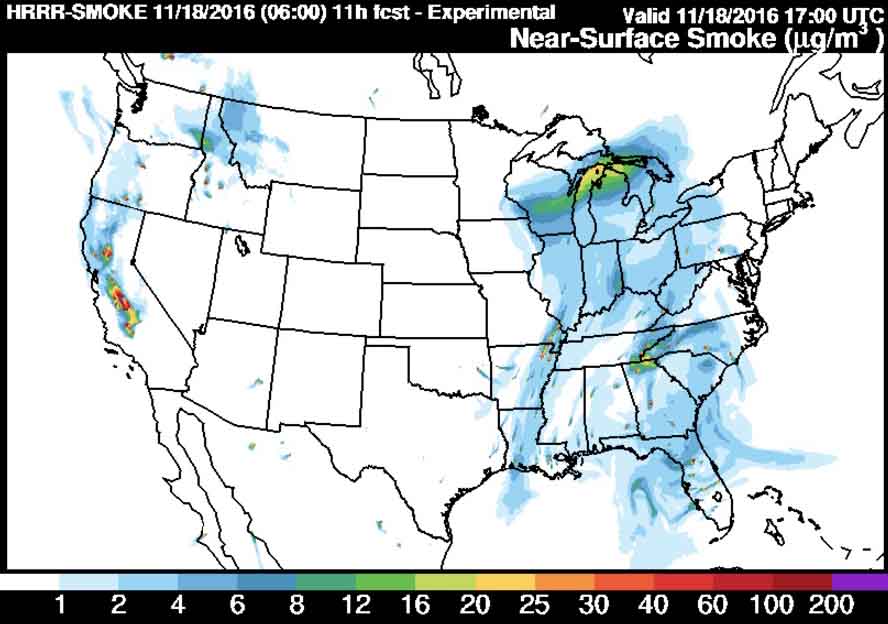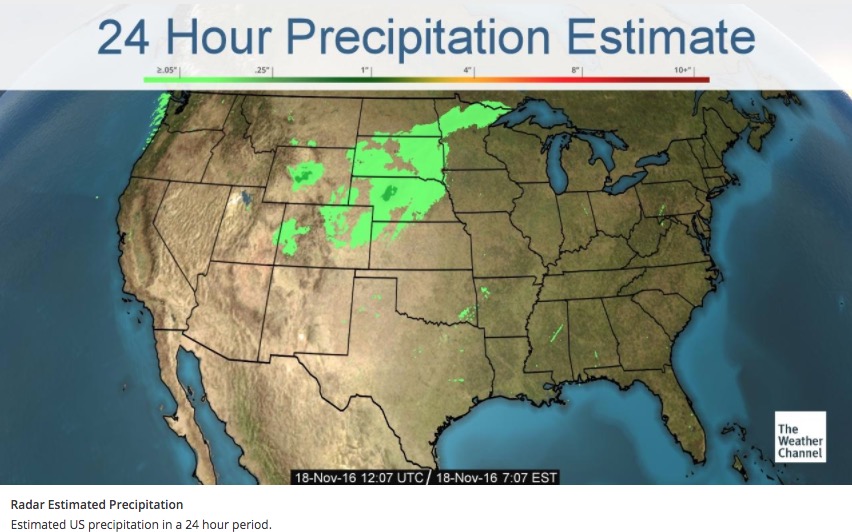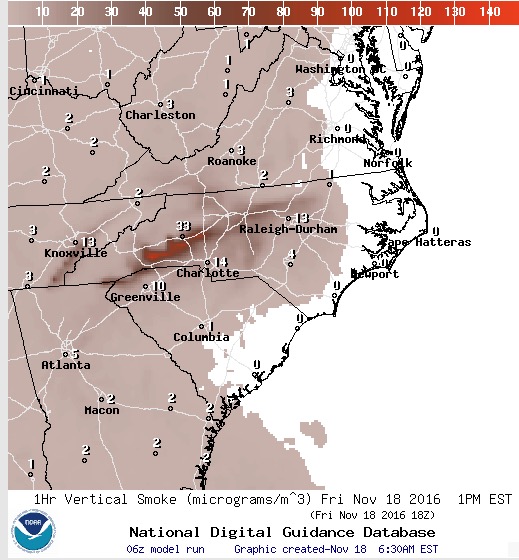
The East Miller Cove Fire 16 air miles west of Gatlinburg, Tennessee spread very rapidly Friday night as a cold front passed through with winds shifting from south to west gusted at 12 to 23 MPH. However the nearby Indian Grave weather station in Great Smoky Mountains National Park recorded 0.12 inches of rain after 6 a.m. on Saturday.
When a mapping aircraft overflew the fire at 10:30 p.m. Friday the fire had burned 700 acres and was very active. Data from a heat sensing satellite at 3:04 a.m. Saturday indicated that it was more than 1,000 acres.
The East Miller Cove Fire is just east of Walland, Tennessee, five miles north of Great Smoky Mountains National Park, and 16 air miles south of Knoxville.
On Friday hundreds of students at the Walland elementary school were ordered to evacuate.
At least one Blackhawk helicopter from the Tennessee National Guard assisted firefighters on the ground by dropping water.
The area is under a Red Flag Warning on Saturday for strong winds and low humidities. The forecast calls for temperatures on Saturday in the high 40s, 45 percent relative humidity, 60 percent cloud cover, 15 mph west to northwest winds gusting at 23 mph, and the probability of rain decreasing to 4 percent by 1 p.m. Sunday should be cooler, drier, and with 8 mph winds out of the northwest.
Many locations in the South have had very little rain over the last two months, leaving the live and dead vegetation very dry. Below is an excerpt from a Saturday morning article at Knoxnews:
…Nothing in the weekend weather looks as if it will be much help to firefighters, according to regional safety officer James Gregory, who is also up from Florida to help fight the Tennessee wildfires. He is a Maryville native who knows east Tennessee parks and wilderness well.
“The ground cover, the layer of twigs and branches and grass and vegetation that normally helps keep trees upright during a fire, is so dry and brittle, it can’t hold the trees in place so they fall over,” Gregory explained. “When a burning tree falls over, of course that spreads the flames. Even live trees that aren’t on fire fall over because the drought has dried out the forest so much.”
The article also said the rain “had almost no impact” on the fires in east Tennessee.


